I started following your path in 2009, while you were creating amazing paths through wool threads. For those who don’t already know it, how did you come to neon lights?
Wow….2009! Thats almost from the beginning! I´m super glad to hear these stories. Well, in 2013 I started to look for a change, I needed to evolve in my work. During 2 years I kept on trying new materials that didn’t convinced me. But one day in 2015 by chance, I found the first neon cables in a hardware store, and I loved them. The cables inspired me but didn’t allowed me to produce permanent big murals. I used different materials following the neon idea till I found the permanent ones in 2018, for a commissioned mural for an Art Center called Las Cigarreras, in Alicante, Spain.
The neon-light murals you have produced so far are really powerful, and the urban context in which you have inserted them amplifies the message. What kind of feedback have you received so far? Is there any city that has welcomed your work better or worse?
The firsts murals were more challenging. It can be very difficult to transmit a vision to others when you do something they have not seen before.
Actually, the majority of my difficulties come from the technical side, cause the murals requires different context (darkness, electricity, a wall that can be drilled…) Usually the feedback when the work is done is amazing. I call it “The Wow Moment”. At the beginning, when I’m working on the wall, there’s almost nothing to be seen. So it´s kind of boring compared to those who paint, cause you can see a progress day by day. But then, when I turn it on, the “Wow Moment” happens, and it´s an instant of incommensurable happiness. After 7-10 days of hard work, drilling the wall, making thousands of holes, a lot of silicone and hours of the electricians´s job, the magic happens and it feels super nice!
I was impressed by your recent neon-light mural in Santiago de Chile, perfectly integrated in the urban context, how this idea was born and what kind of reactions did you get?
The whole experience in Chile was great. We did a lot of things there. The team organized temporary interventions (legal and illegal) in the streets, kind of secret parties in the city with Dj’s, beers and so. It was fantastic when we cut the street lights to have a perfect view for the temporary floating geometries. Thanks to Mauricio, the wild electrician that worked with us. The end of the trip was the mural. The wall was done at the top of a building, and the idea was to play with the surface, with the colors, the shapes. I took some inspiration of traditional draws from original-local pre-hispanic civilization. I had the idea of symbolism for the new neon murals, and Javi, one of my assistants gave me a book about old symbolic art from the originals people from Chile and I love it. It was a perfect discovery, a perfect match. The joint venture of tradition, primitivism and a sense of future.
We finished the wall almost with a foot in the plane…
I think this neon concept has defined you, I mean, I think it marks a point of precise artistic maturity. Once this is done, how will you free yourself from this label, “the one who install neon lights”?
Ahahah… I don´t use the word “Install”, cause I think it´s too related with contemporary art and does not define what I do, so that’s how I came up with the conceptual name of Interactive Neon Murals.
About labels, It´s a pleasure and also a tricky jail. I had different periods in my career so far. And the moments of change are really difficult, cause the Art Market put you the sticker of “Neon Boy” and then If you want to change, the first reaction is always negative. Before this neon era, I had almost 2 years of nothing, a black hole. And when I founded a new material, some people, even people related with art, rejected me, they told me: “You were known for wool, you can not do anything else, cause nobody will buy it”. I remember that, and was a painful situation, a heavy chain that I couldn’t broke.
Let’s go back for a moment to your beginnings, what was your urgency in starting creating outdoor paths, and what did you find during that process?
The discovering of street art was a great moment. This idea of taking the streets, doing illegal things, going out to the cities, night stories, exciting situations. In my case, I tried from the beginning to do something different, thinking different and looking for something else. Sometimes I did not have good results, but the game was the most important issue. Experimentation, failure and composition are the three big columns of my work.
If you look at those pieces, do you see something completely different from now? How has your work evolved over the years from when you were beginning?
Yes and No. When I look back I see someone who was full of illusion, full of energy and lack of knowledge or experience. But with a vision.
And yes, it’s different, but not completely. For example, around 2011 I was playing with black lights and low tech on my artworks. So, I see also a path, a connection between the old times and the modern ones. Evolution is fundamental. Risk and fear of the unknown and the vision of the unexpected. All this elements are very important to improve your skills and found the freedom to change, to evolve, to fail. It’s painful, it’s walking on the edge and beyond, it can be very hard and difficult and it also can be amazing.
Tell me something about your first steps, how did you promote your work, what kind of media did you used and what results did you get from the beginning?
Flickr was the first social media I used. Other digital weapon was email, to say: “Hey World, I´m here”.
Have you been contacted by galleries intending to represent you? After how long did you noticed interest in your street work?
Yes, I’ve worked with galleries, modern art museums and other types of institutions, brands, etc…. I had good and bad experiences. I’ve learnt to say no and yes, if they respect freedom of art, my creativity. Same with curators and project managers. What I don’t like is when they go back and forth in a bureaucratic way. It´s so boring! This is when I said: “I prefer the illegal way, cause you don’t have to go through all of this”. But for my big Interactive Neon Murals is no possible the illegal way, up to now…
The voyage is part of your life, the cities you marked are countless. Do you choose the next city by yourself or it depends on an artistic invitation?
Both, traveling was always part of my life. So I try to do it as much as possible. I travel for myself and also for invitations to do projects. I try to learn every time about local cultures, other ways of doing same things. I love to explore the cities, country sides, etc.. To see the architecture, the graffiti and street art: it’s a good thermometer to see the health of one place.
Please tell me five artists you admire at the moment. Who do you think is doing remarkably well?
Blu from Italy, the starting of the modern muralism.
Eltono from France, abstraction and concept.
Isaac Cordal from Galicia, sculpture and social content.
Pichiavo, past and present.
Vhils, the destructor.
And what about yesterday, let’s say you have a ticket for one dinner out for two, and you can choose one artist, whoever you like, from the Egyptians through to the ’60s. Who’s who?
Probably with Marcel Duchamp. Maybe the menu would be full of air, but it’s also a way to connect with modern Ferran Adria´s cuisine…
Damn, I guess our time is finishing, but I cannot leave you without the Proust Questionnaire. Here we go:
– Your favorite virtue?
Vision.
– Your main fault?
I get lost in thoughts very easily.
– Your idea of happiness?
One second after turning on a mural.
– If not yourself, who would you be?
Björk.
– How you wish to die?
Under a thunder explosion!

Uhmmm, last question, when you were 13, who did you want to become?
I don’t think I was willing to became anything in particular. At that time, I was starting to be a rebel through alternative music, I was playing basketball in a minor league and studying painting in an academy. I did my first mural when I was 9 years old.

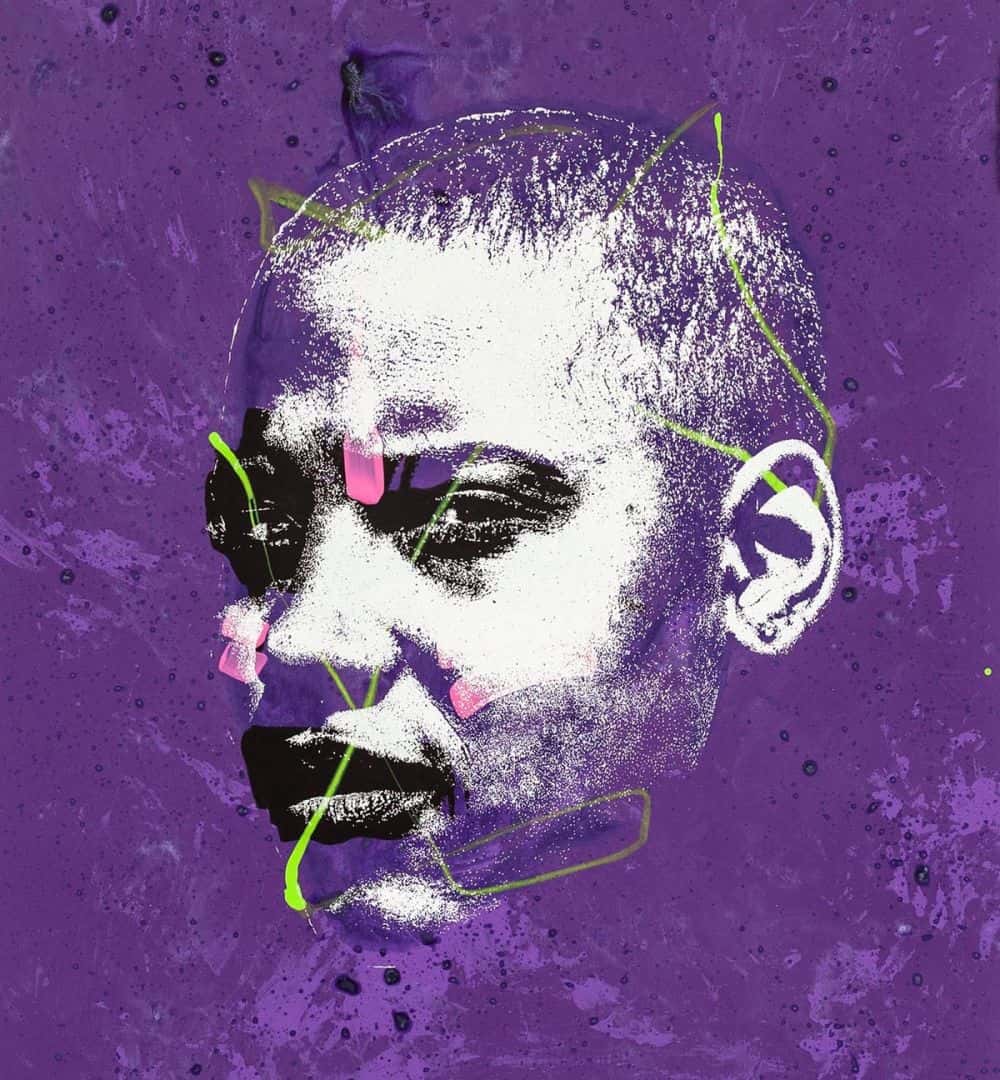
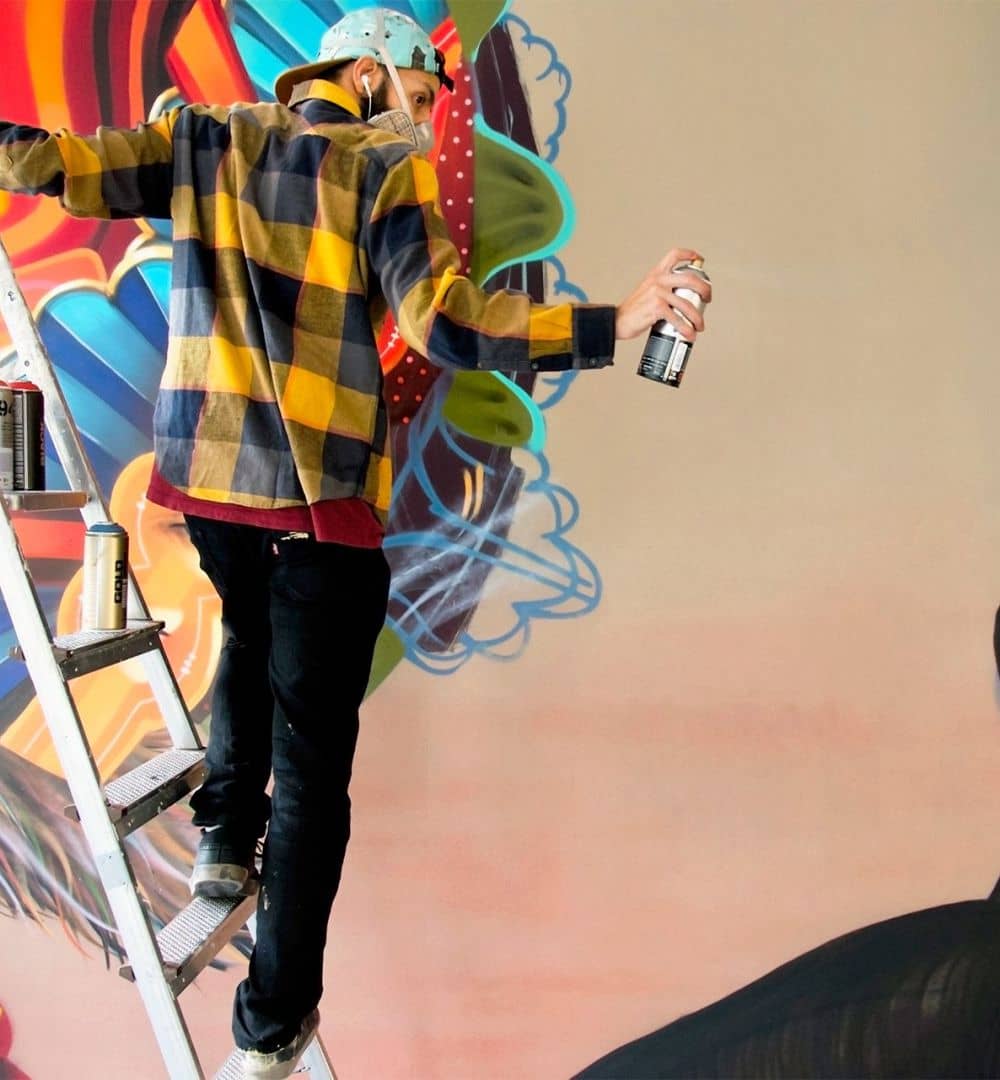
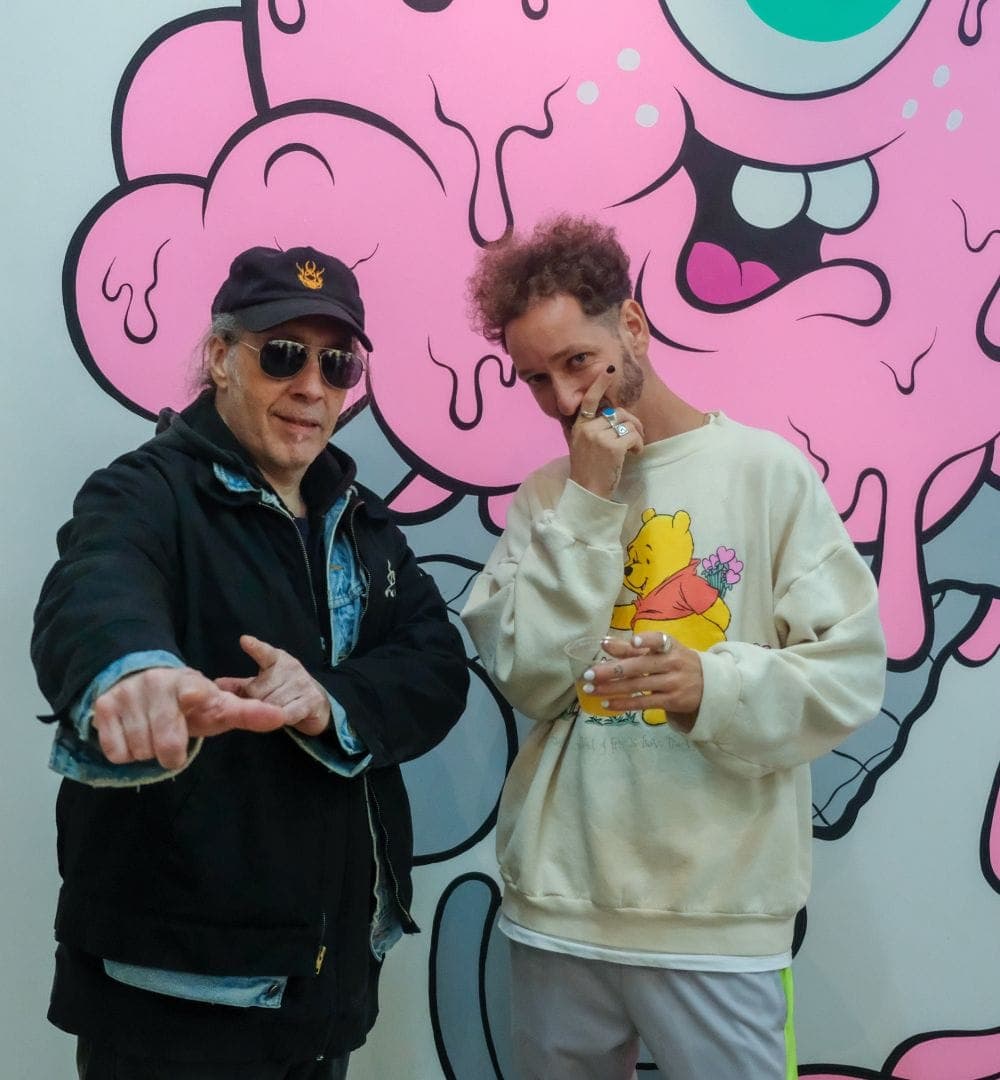
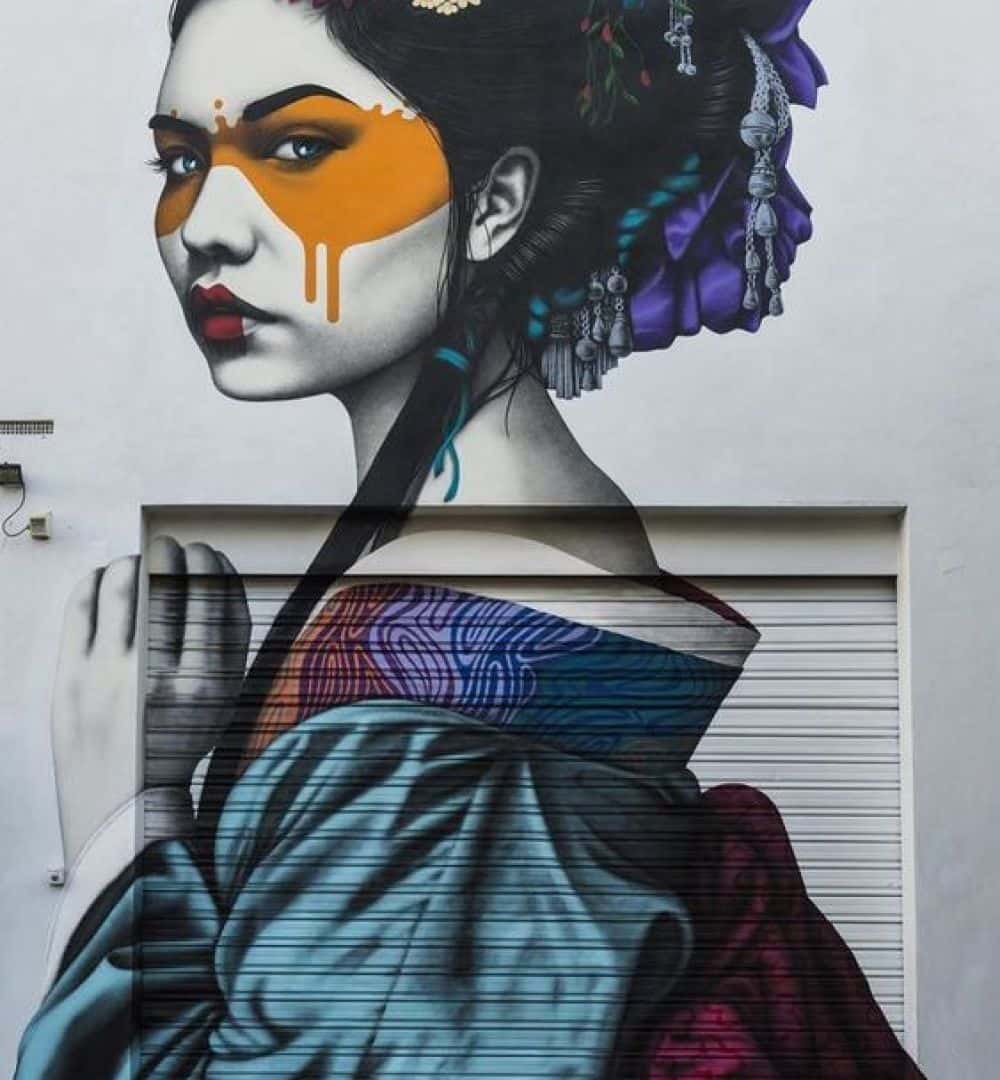

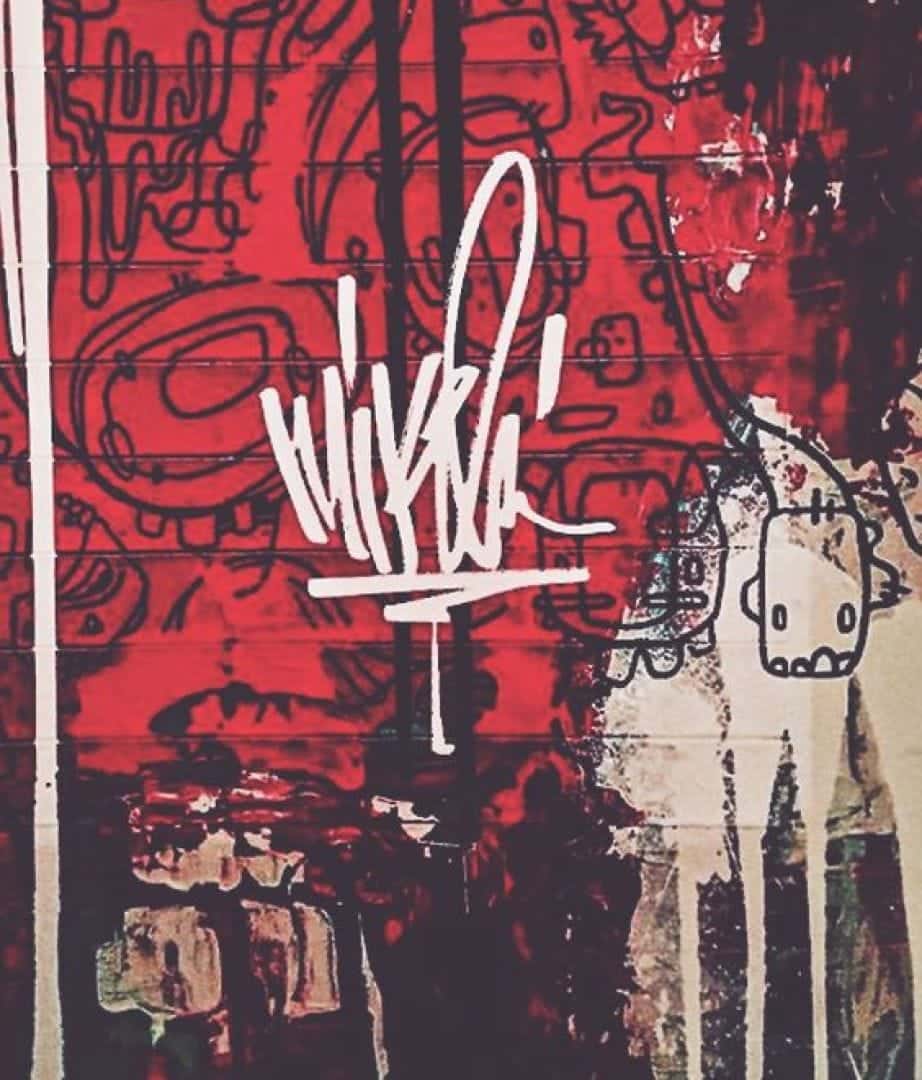
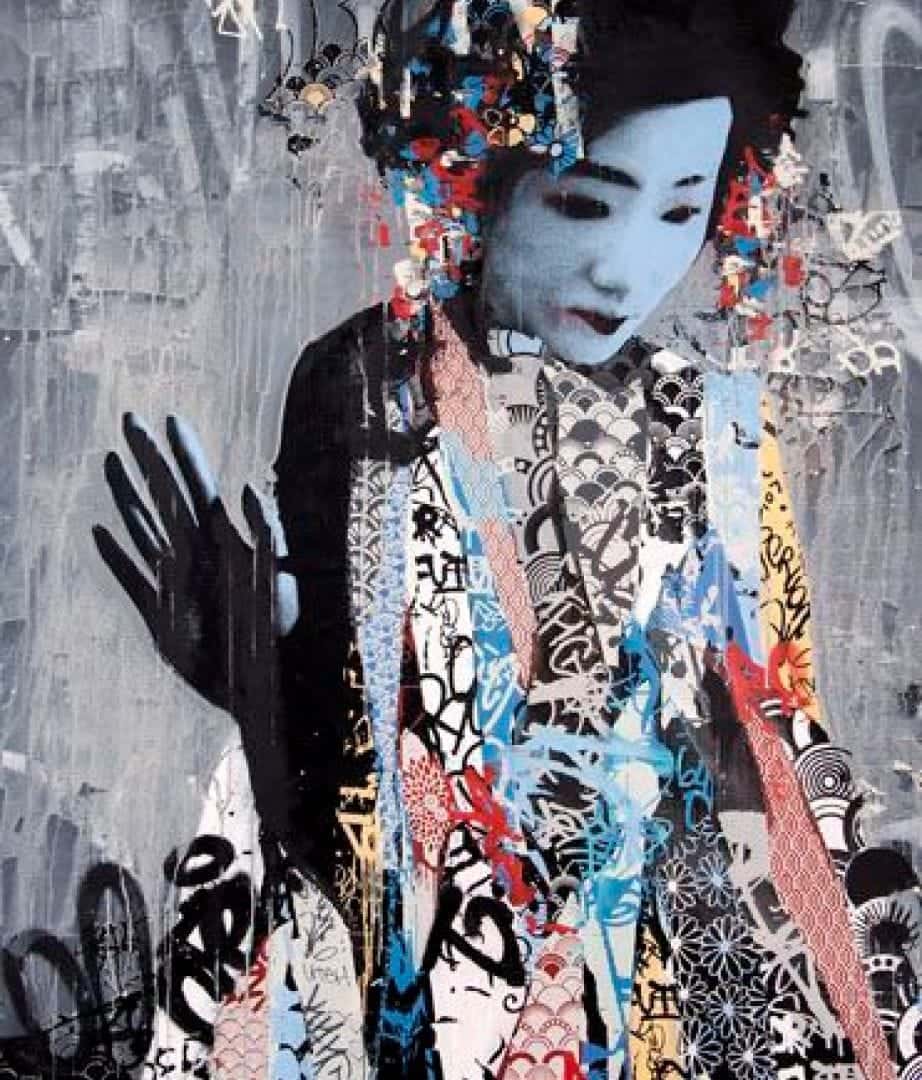
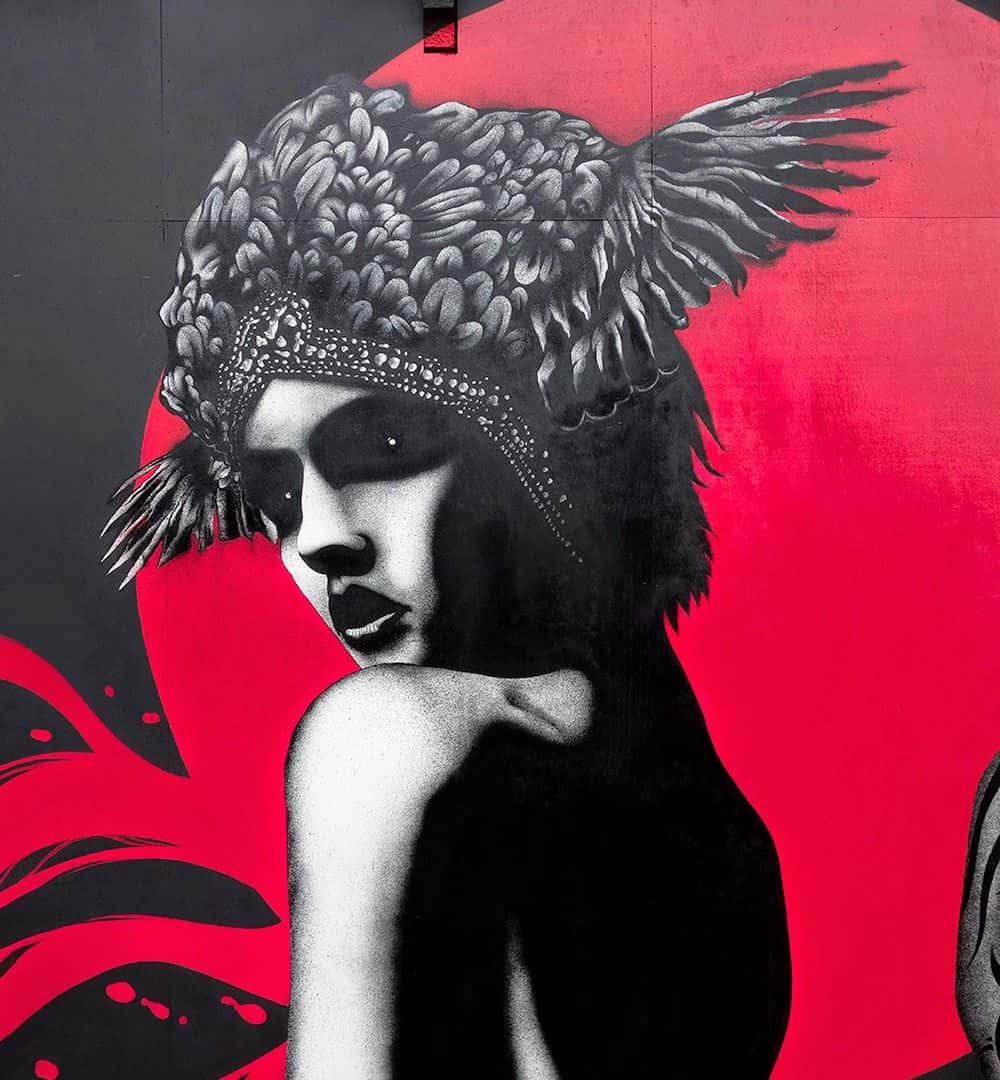
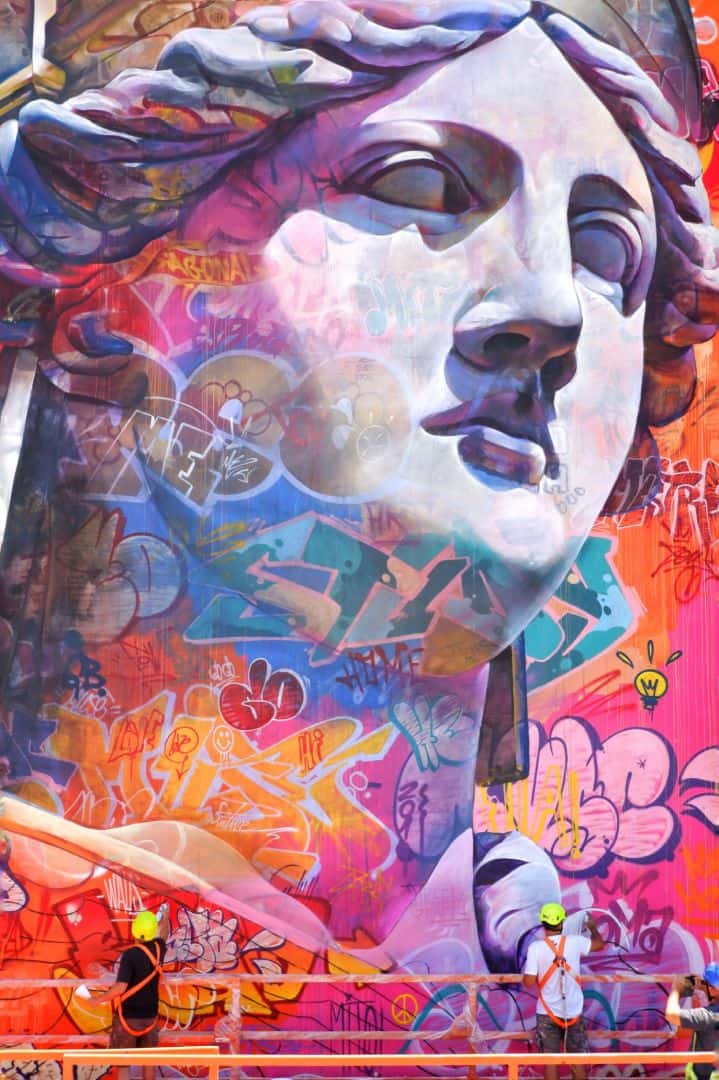


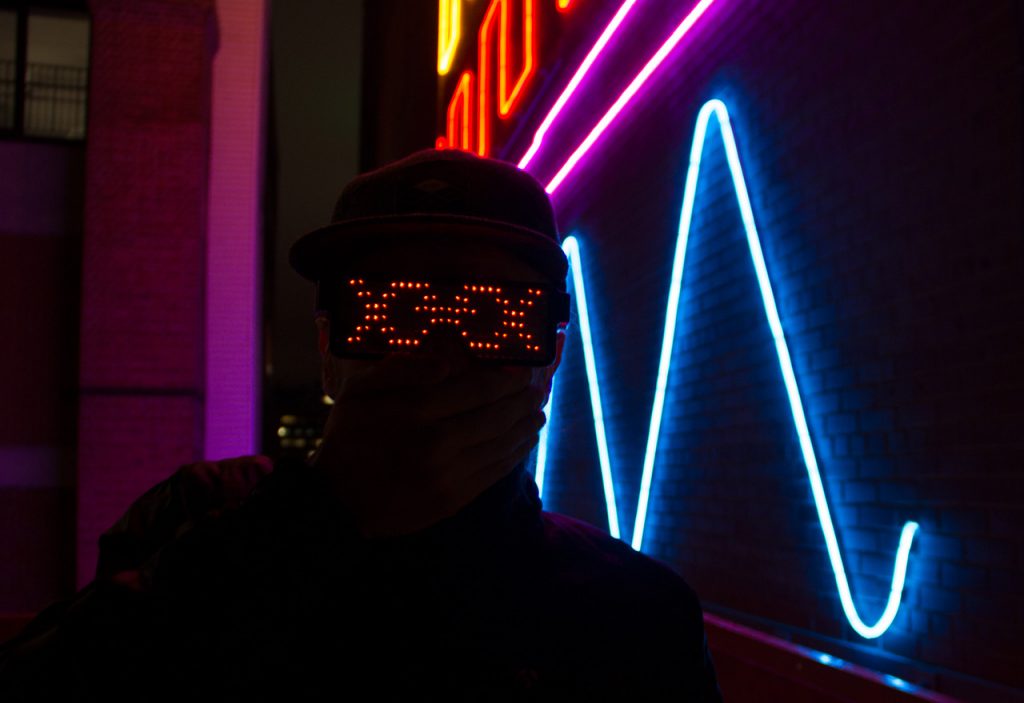

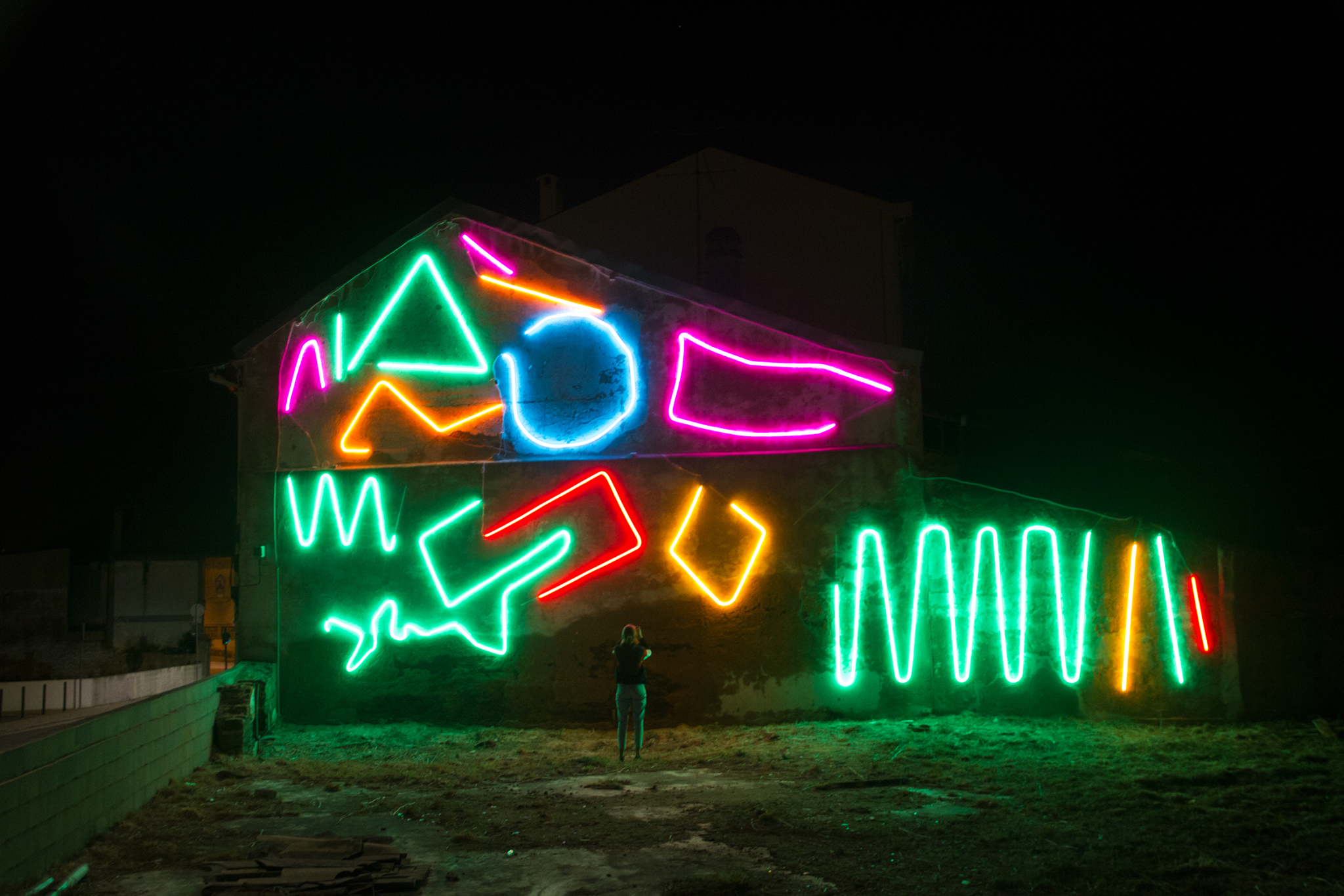
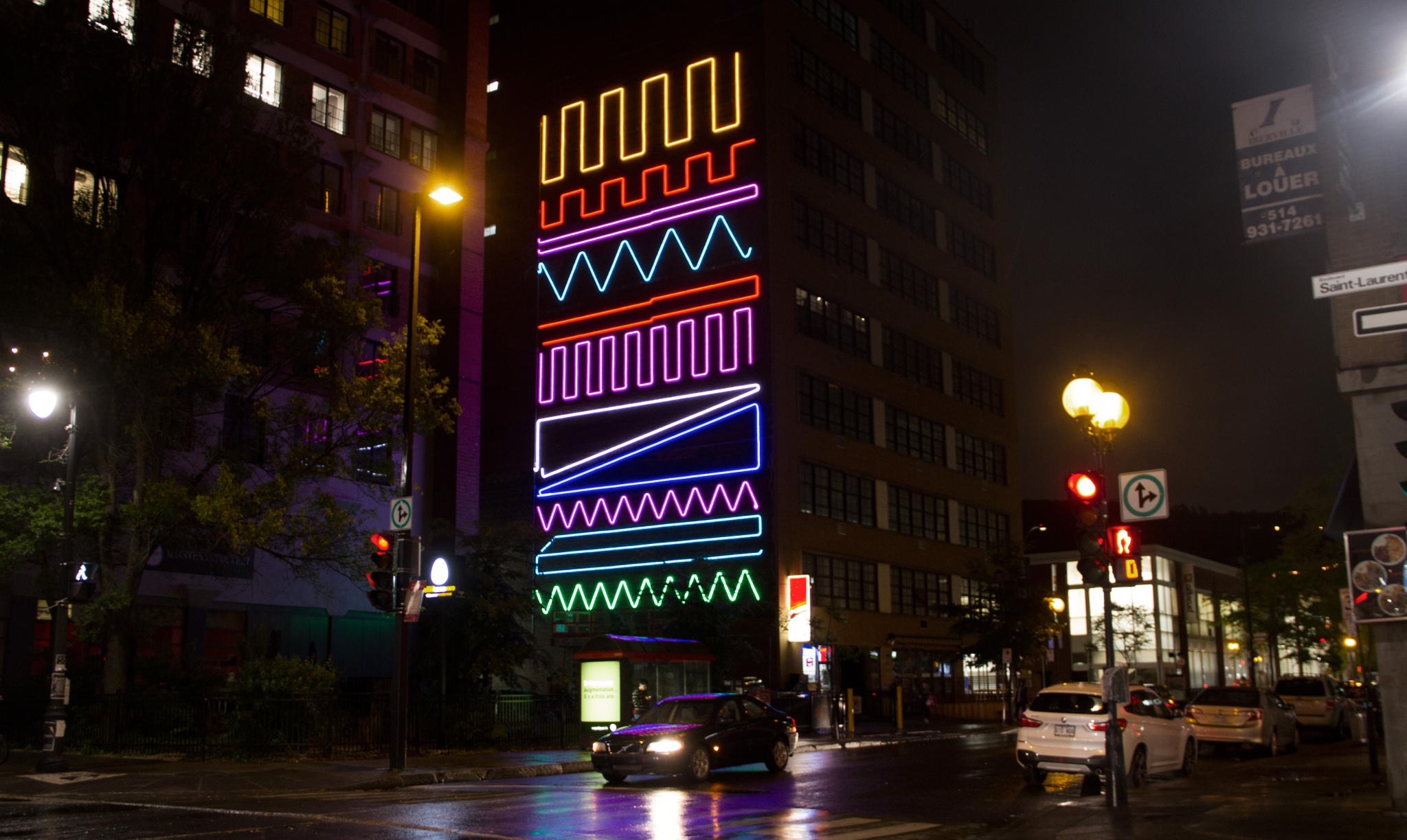
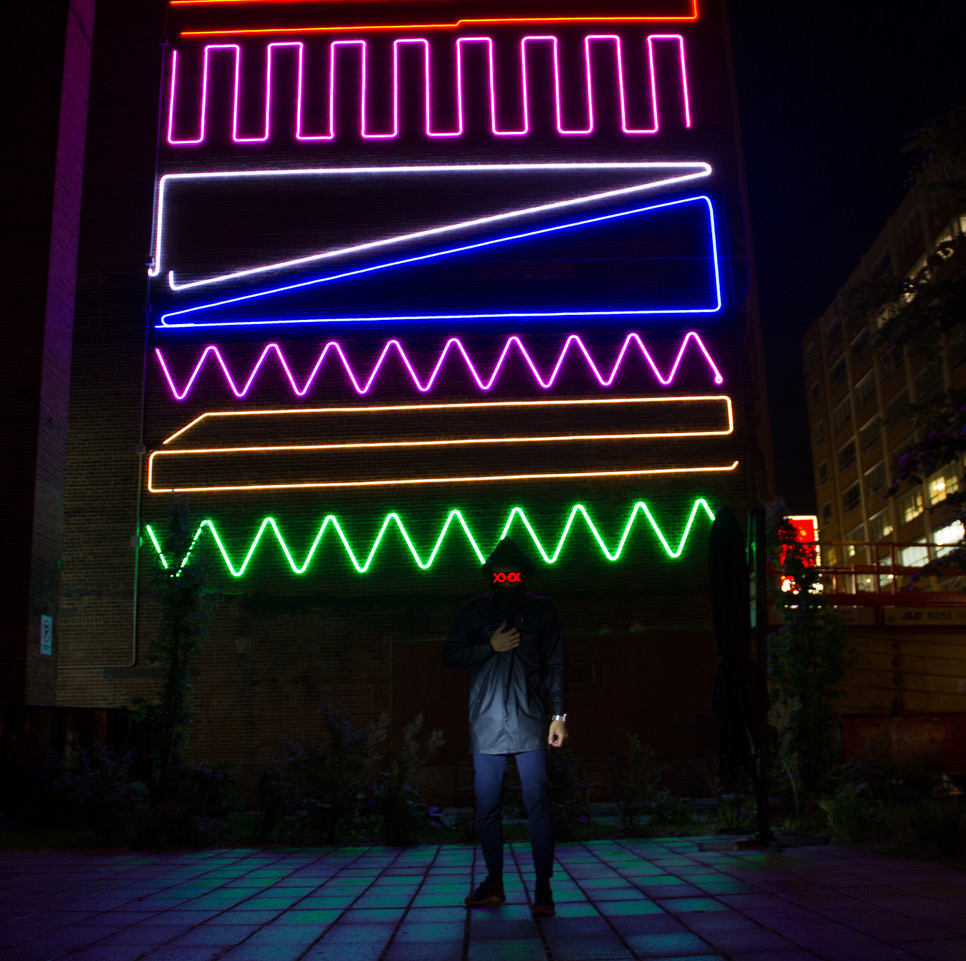

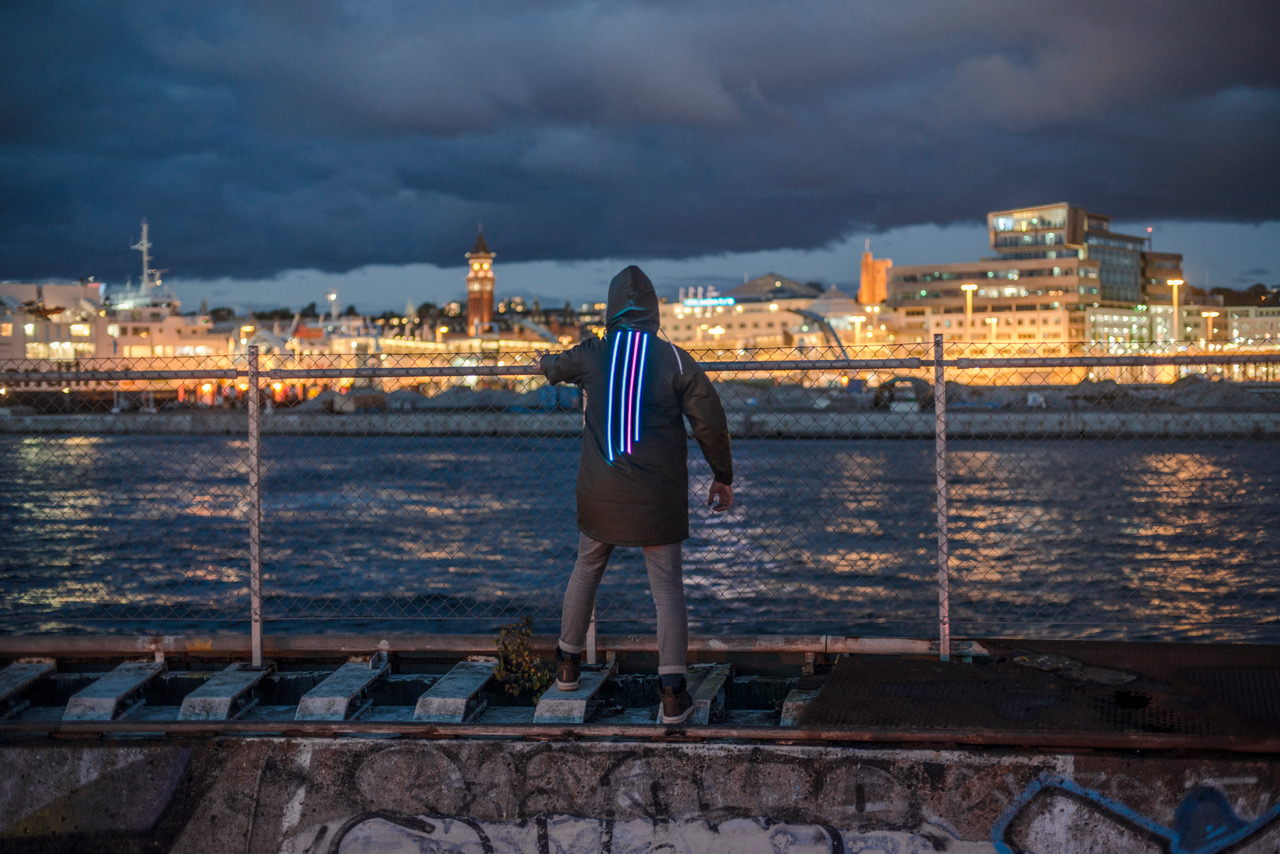
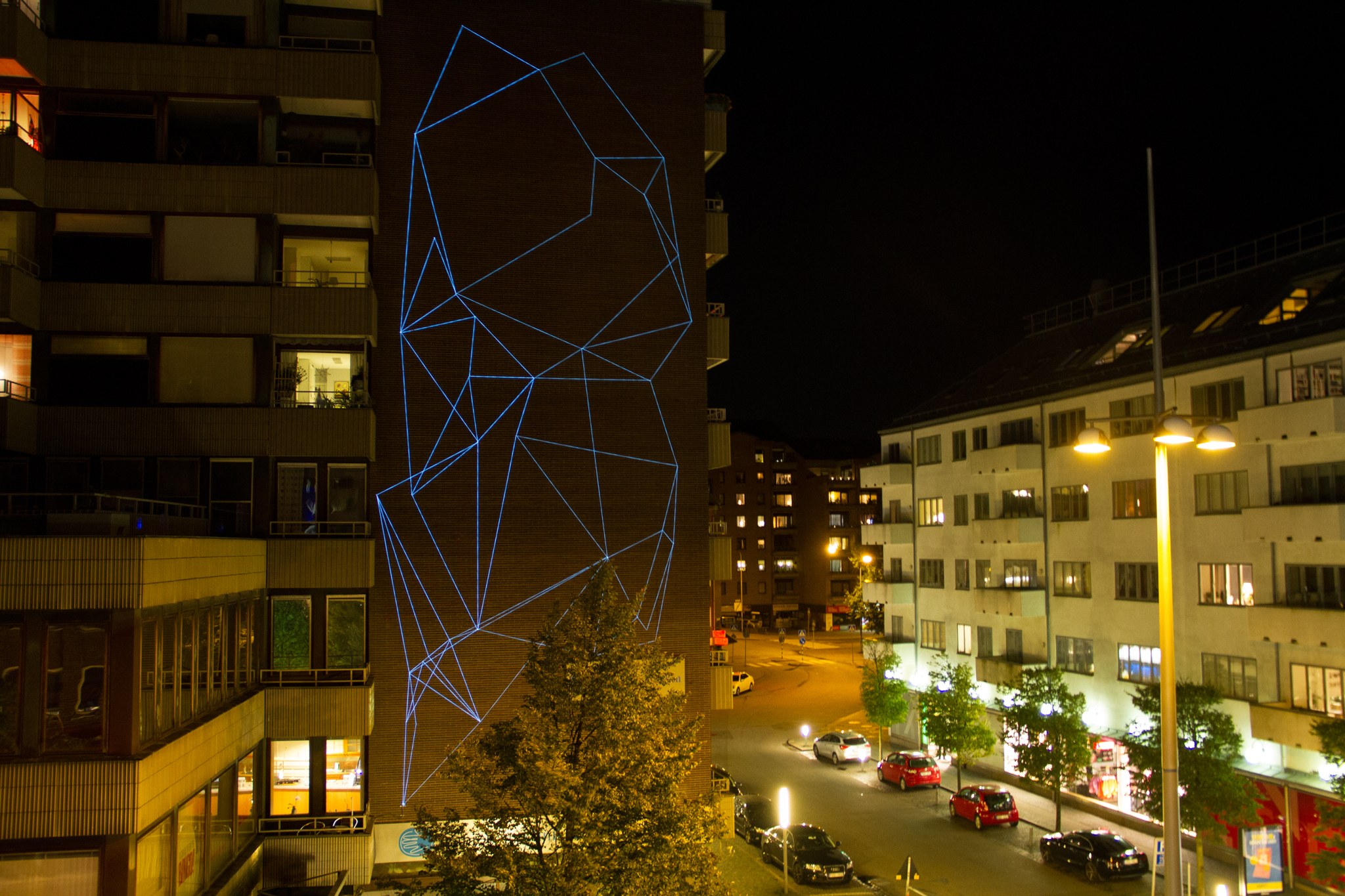

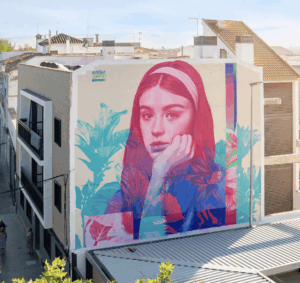
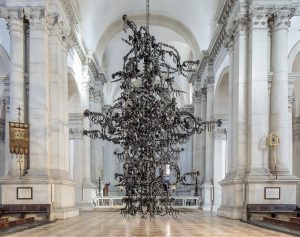
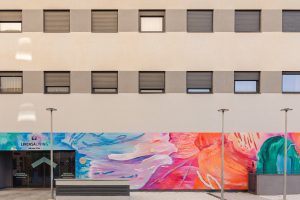
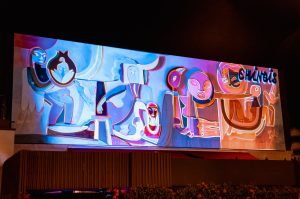
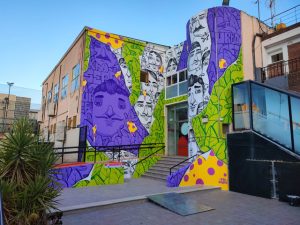
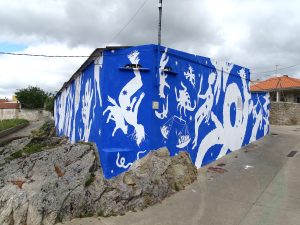

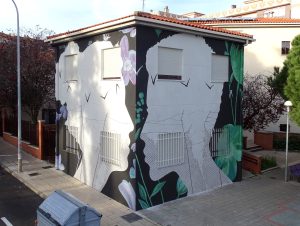
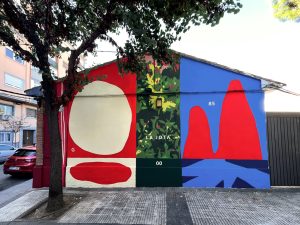
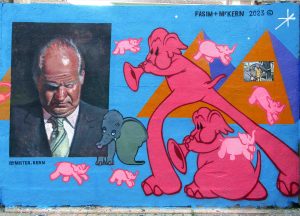
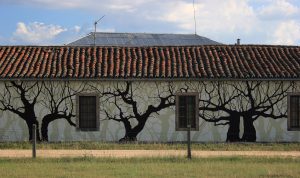
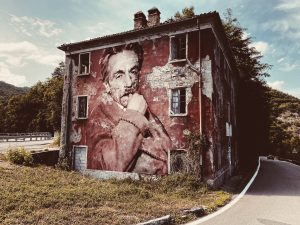
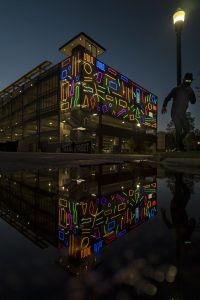
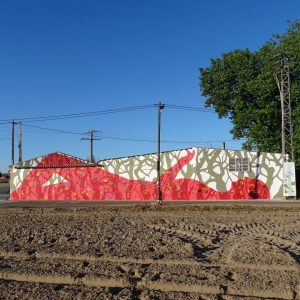
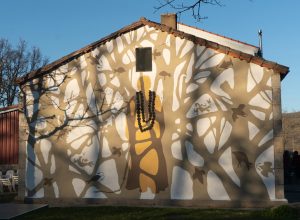
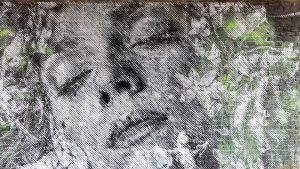
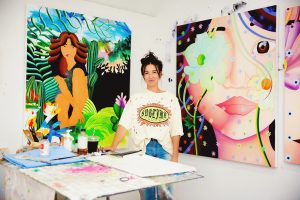
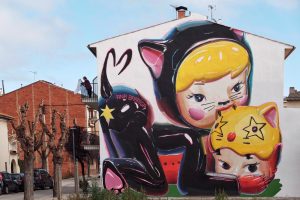
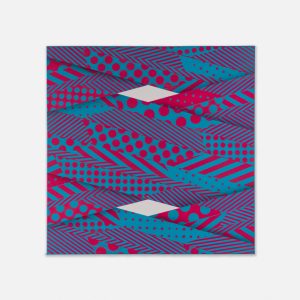
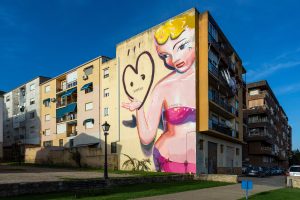
comment